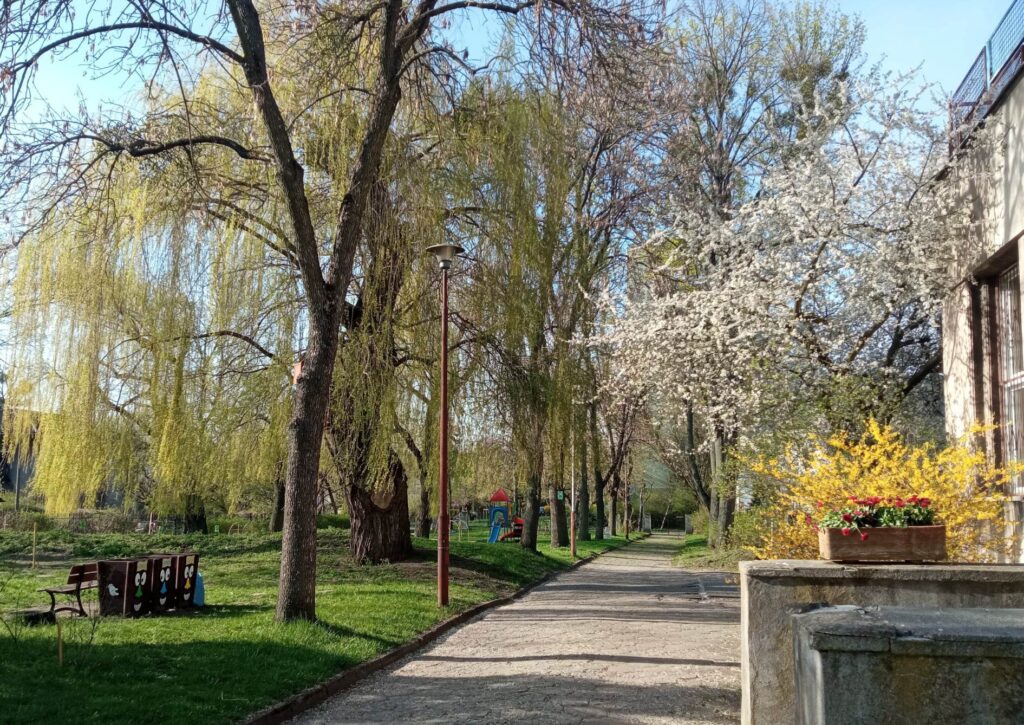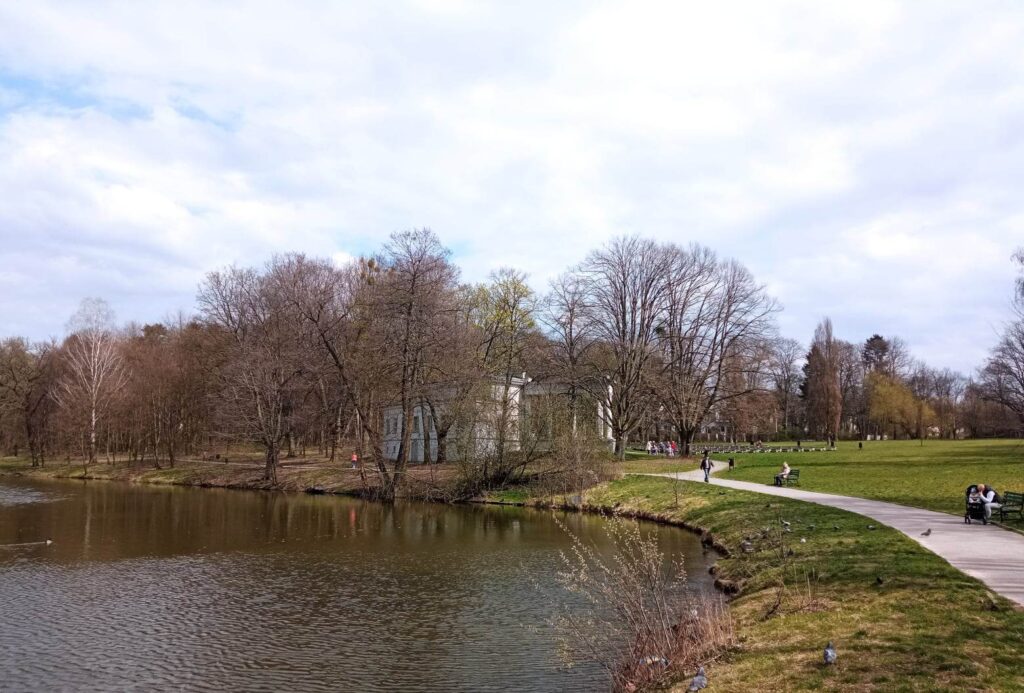Imagine cities free from smog and noise, where everyone can delight in their home gardens and have easy access to public parks, efficient public transportation, workplaces, and educational institutions. These cities would be filled with greenery yet maintain a reasonable level of density, expanding only within specific limits and surrounded by natural landscapes and rural areas. This visionary concept emerged around the transition from the 19th to the 20th century, and now it is time to breathe new life into it!
A unique idea
In his renowned book, “Garden Cities of To-morrow,” the visionary Englishman Ebenezer Howard advocated for the creation of agglomerations consisting of small, partially self-governing cities built and managed by cooperatives.
This concept was a response to the persistent issues of pollution, overpopulation in large cities, inadequate green spaces, and the chaotic and densely packed layout of buildings orchestrated by developers, along with the problems associated with apartment rentals and real estate speculation. The most authentic realization of Howard’s vision can be observed in the first two garden cities, namely Letchworth and Welwyn, situated within the greater London agglomeration. These cities were designed and constructed under Howard’s supervision.
Unlike many other attempts, they did not merely transform into summer resorts or dormitory towns for nearby cities. Through the establishment of their own industrial districts and the presence of educational, commercial, and cultural institutions, they have achieved a remarkable level of economic and social independence.

Photo by Łukasz Kamiński
Timeless advantages
It is commonly argued that increasing the building density in existing cities promotes sustainability by optimizing infrastructure utilization. This approach involves constructing apartments near workplaces, encouraging people to reduce their reliance on cars.
However, garden cities serve a different purpose and cater to a lifestyle distinct from what one would typically expect in a bustling city center. In densely populated urban areas, it is unrealistic to expect individuals to build their own homes with personal gardens or even small cooperative multi-family buildings with access to spacious shared gardens.
When compared to suburbs or scattered rural dwellings, garden cities offer two significant advantages. Firstly, due to their partial self-sufficiency, residents are not required to embark on lengthy daily commutes as frequently. Secondly, if they need to travel to nearby metropolises, they can conveniently and sustainably utilize municipal railways.

Photo by Łukasz Kamiński
The great revival
The time has arrived to embark on the construction of garden cities once again. Today, achieving a substantial level of self-sufficiency—the cornerstone of this concept—has become much more feasible.
With the ability to work remotely, we are no longer bound to office desks like peasants tethered to their land. Living in close proximity to the city center is no longer a necessity, and we have greater flexibility in choosing our place of residence.

Photo by Łukasz Kamiński
The century-old idea of garden cities can leverage several current positive trends, including the reduction of vehicular traffic, the promotion and facilitation of bicycle commuting, the practice of permaculture gardening, and the utilization of renewable energy sources.
Poland is one of the countries that would undoubtedly benefit from the construction of garden cities. The planned large-scale railway projects and the increasing importance of municipal railways provide an opportunity to implement this model of urban development, which combines the advantages of urban and rural areas while prioritizing the well-being of people and the environment.
Łukasz Kamiński
Photos by Łukasz Kamiński












